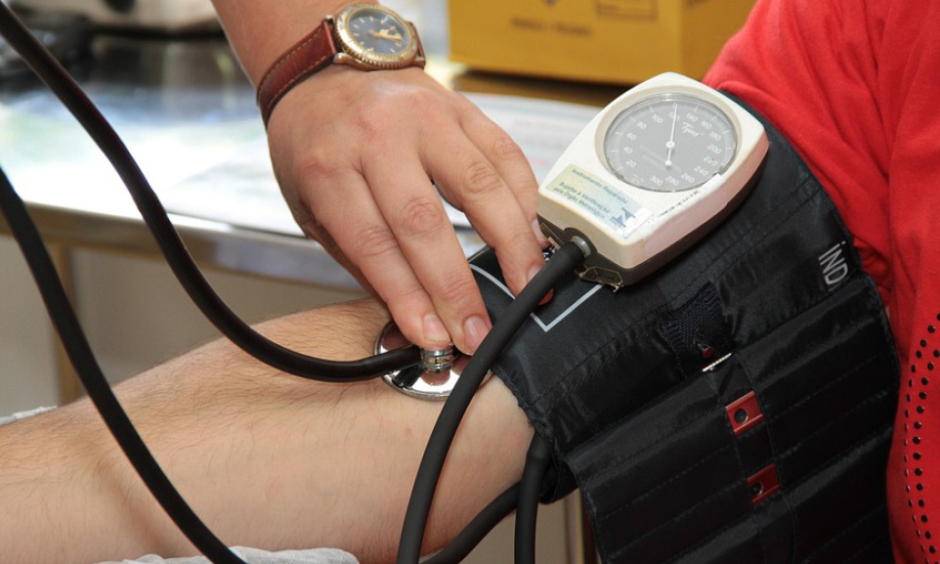Cardiovascular disease accounts for 31% of all deaths worldwide,1 constituting a huge burden on global healthcare. In the final stages of a large number of cases, the only suitable treatment option is a heart transplant, which due to the disparate numbers of healthy donors and long waiting times is not a viable option for many patients. Researchers from Tel Aviv University, Tel Aviv, Israel, are driving innovation in the field, developing a patient-derived artificial heart with all the components necessary for cardiac function.
In the team’s protocol, a biopsy of fatty tissue is taken from the patient and separated into cellular and noncellular fractions. The cellular fraction is induced into a pluripotent stem cell state that, through the use of specific factors, reconstitutes the cellular repertoire of the heart (cardiac and endothelial cells). Meanwhile, the noncellular fraction, consisting of structural components such as collagen and glycoproteins, is modified into a personalised hydrogel. When the re-differentiated cells are mixed with the hydrogel, ‘bioinks’ are formed that can be utilised for the 3D creation of cardiac patches, including blood vessels. Using their approach, the team have developed an anatomically precise heart the size of a rabbit’s, demonstrating the protocol’s utility.
Lead researcher Prof Tal Dvir stated: ‘‘People have managed to 3D-print the structure of a heart in the past but not with cells or blood vessels. Our results demonstrate the potential of our approach for engineering personalised tissue and organ replacement in the future.’’
Prof Dvir commented further that much more work is still required, particularly regarding the development of the cellular behaviour needed for the organ to perform its function: their differentiated cardiomyocytes have contractile ability but need to learn to interact with neighbouring cells in a way that resembles normal physiological conditions. They are regardless very optimistic about their findings. ‘’Maybe, in 10 years, there will be organ printers in the finest hospitals around the world, and these procedures will be conducted routinely.’’
- World Health Organization. Cardiovascular disease. 2019. Available at https://www.who.int/cardiovascular_diseases/en/. Last accessed: 01 May 2019.







